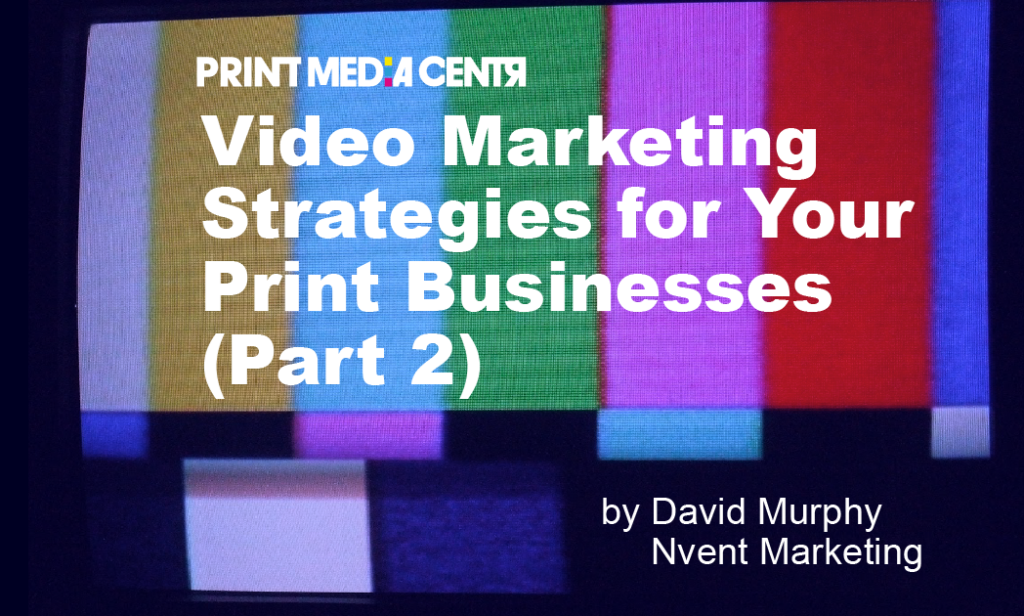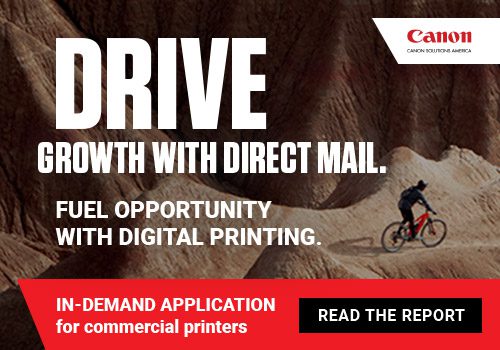
People love video marketing. OK, maybe that’s not true for everyone. People love video! Yes, that is true, especially on the internet. Facts: People spend 88% more time on a website that has video. Video generates 1200% more shares than both images and text. By including video in your marketing strategy, you can gain more exposure, engagement, and potentially more business.
In Part 1 of this blog series, we talked about the benefit of using explainer videos in your content messaging efforts. There are several other types of video that also work in building customer engagement.
One video type that works well is webinar or podcast video. If your company has visuals to share like PowerPoint slides, charts, or print samples, you can display them on your computer screen or with a camera as you verbally reference them. As we know, though, many webinars can last 30 to 60 minutes, which is often too long to engage top-of-funnel prospects.
So a great strategy is to produce your video webinar or podcast as you ordinarily would and then edit out the smaller snippets of video that are the most relevant. Perhaps 60 seconds here or there, which can then be repurposed for Instagram, Facebook, and YouTube. With a basic video editing program, you can splice and stitch multiple segments together to create a new video of any length you desire.
Make sure you know your audience and your objective: where you are trying to entertain, educate, or inspire (or all three). Adjust the tone, content, and pace of your video to match these desired objectives.
Similar to webinars/podcasts, consider producing a video blog (or vlog) series. Vlogs have a lot of similarities to podcasts but are often shot in a “talking head” style with a presenter looking directly into the camera and speaking directly to the listener. Video blogs can do well in presenting the human side of your company. Maybe it’s the print business owner or head of sales just talking about company news, a new product or feature, or tips and tricks about design.
Vlogs can include other visuals as well: Consider just hand-holding your phone camera and walking through your plant in a tour format, giving a brief press demo, or pointing out anything of interest in a “show and tell” format.
An alternative to this pre-produced format is a live stream video, which is often useful for events. Facebook Live and YouTube videos are easy to create and can be engaging and interesting when there is something to show “right here, right now.” These videos can have a lot of wasted space in between quality content so it can be very useful to download the completed live video and then edit, refine, and repurpose it for another format or channel.
Another highly effective way to leverage the power of video is through customer case studies. This type of video can be professionally produced with quality lighting, staging, licensed music, animation, and multiple camera angles, possibly even in a scripted/rehearsed “host and guest” interview format. A professionally produced video like this can often run up to the $20,000-$30,000 range, especially if there are travel and location costs involved.
The alternative to this of course is the low-budget home-grown smartphone version. It probably won’t look like a Hollywood production, but it can still look great. The largest cost component is usually editing in post-production, which can take many hours or days to perfect. Even with these costs considered, you could potentially produce 10 smartphone videos for the cost of one professional production.
A product video is another format option. Say you want to feature a print product category like banners, displays, books, or direct mail. You can highlight key features and benefits of that product along with use case examples or how-to tips in preparing art files for that product. The key is to make the video educational, not promotional.
In any of these video formats, it is valuable to transcribe the verbal content into text format. Doing so will provide enormous value to your website with SEO (search engine optimization). Video transcripts, especially on sites like YouTube, Vimeo, Instagram, and Facebook are searchable (if published publicly) and can lead to rankings boosts in Google and other search engines.
In the early days of the internet, text was the primary way that content was shared. Later, photo content drove more engagement. Today and going forward, video is at least a co-leader (along with text and photo content) in getting strangers to stay longer on your site or on a social platform learning about your company, product, or service.
##
Read David’s post from last month: https://printmediacentr.com/video-marketing-strategies-for-your-print-business-part-1
Read all of David’s posts here.
 David Murphy is the founder and CEO of Nvent Marketing, a marketing agency specializing in digital marketing for the print industry. David has 30+ years of experience in the graphics and document print production industry. He has served as a board member and advisor to print organizations and associations including Sustainable Green Printing Partnership (SGP), Print Industries of America (PIA), Association for Print Technologies (APTECH), and Electronic Document Scholarship Foundation (EDSF). David was also awarded the Idealliance Soderstrom Society Award for Print Industry Leadership. David can be reached at dm@nventmarketing.com.
David Murphy is the founder and CEO of Nvent Marketing, a marketing agency specializing in digital marketing for the print industry. David has 30+ years of experience in the graphics and document print production industry. He has served as a board member and advisor to print organizations and associations including Sustainable Green Printing Partnership (SGP), Print Industries of America (PIA), Association for Print Technologies (APTECH), and Electronic Document Scholarship Foundation (EDSF). David was also awarded the Idealliance Soderstrom Society Award for Print Industry Leadership. David can be reached at dm@nventmarketing.com.












